While plenty of Singaporeans wake up to the calls of koel birds and the sights of trees or the neighbouring HDB flat, Low Wei Si wakes up to a snowy landscape and reindeer and foxes roaming outside her window.
The 26-year-old is currently residing in a town called Longyearbyen on the Svalbard Islands.
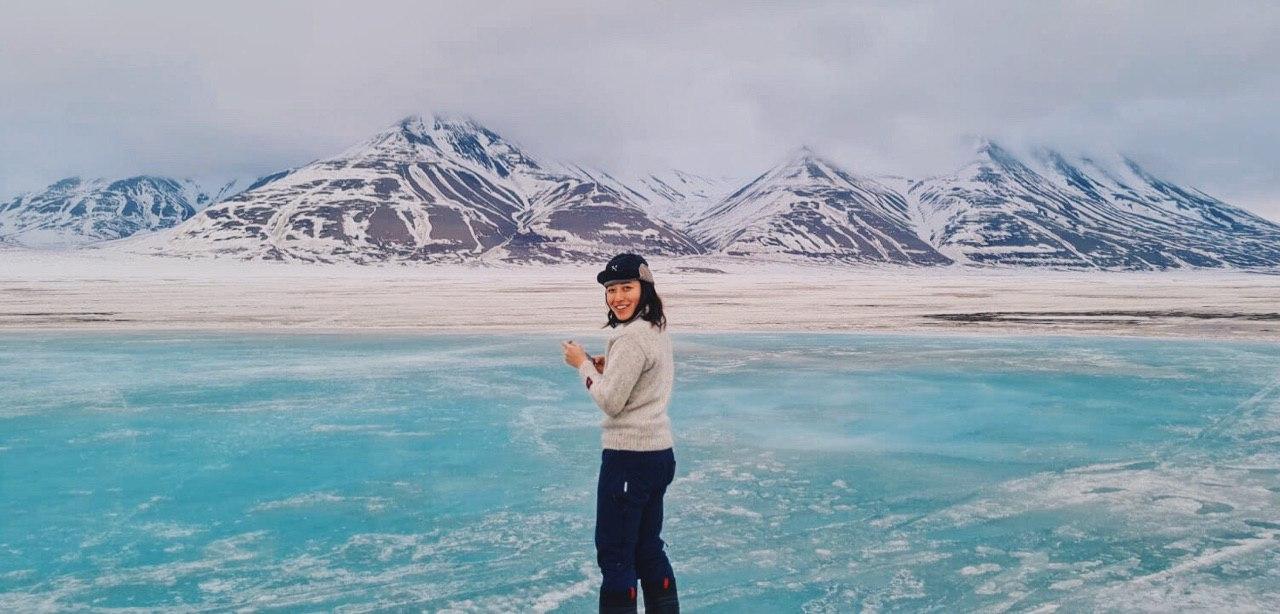 Photo from Low Wei Si.
Photo from Low Wei Si.
For those who aren't great at geography, it is located in the Arctic Ocean, halfway between Norway and the North Pole.
From sunny island to the Arctic
So how did someone who grew up in a country so near to the equator end up so near the North Pole?
Low told us that moving to that part of the Arctic was a long time coming for her.
She first heard of the place back in 2017 when she was planning to "do something fun" before returning to Singapore after a work stint in the U.S.
"I was browsing through Google Maps when I noticed an island that was so up north on the map," Low explained.
After clicking on the map, she was intrigued that there was a community living in the Norwegian archipelago, and the town of Longyearbyen had just under 3,000 residents.
24/7 darkness and Northern Lights
Low was curious enough that she decided to spend a week in Dec. 2017 there.
The period just so happened to be in the middle of the dark season, also known as the Northern Lights winter.
The temperature ranges from -13°C to -20°C during this period.
https://www.instagram.com/p/B60F18LFXgf/
From that week-long trip, she realised that she had to live there.
"It was basically 24/7 of darkness. There was no sun, I felt like I was under the horizon. I just fell in love with the place, it is so quiet and peaceful. The way the people live here is so contrary to the typical city life."
She finally made the move across the world in Nov. 2019 after completing her studies in Singapore.
While the move may seem like an impromptu one, Low said that it was still a difficult decision for her to make, since she would have to leave the branding and marketing industry in Singapore.
This was compounded by the fact that she had already received several job offers upon graduation.
Although she received their fullest support, leaving behind her family and friends was another factor that made it a tough decision to make.
In the end, Low made the move anyway, as she was sure that she would eventually return to Singapore, or that her loved ones could visit her any time in Longyearbyen.
Until the Covid-19 pandemic hit the world.
How the pandemic affected Svalbard
She was a few months into her stay when the pandemic forced borders all over the world to shut down.
To pass her time, Low works several jobs, including being a bicycle guide and selling Arctic equipment and clothing.
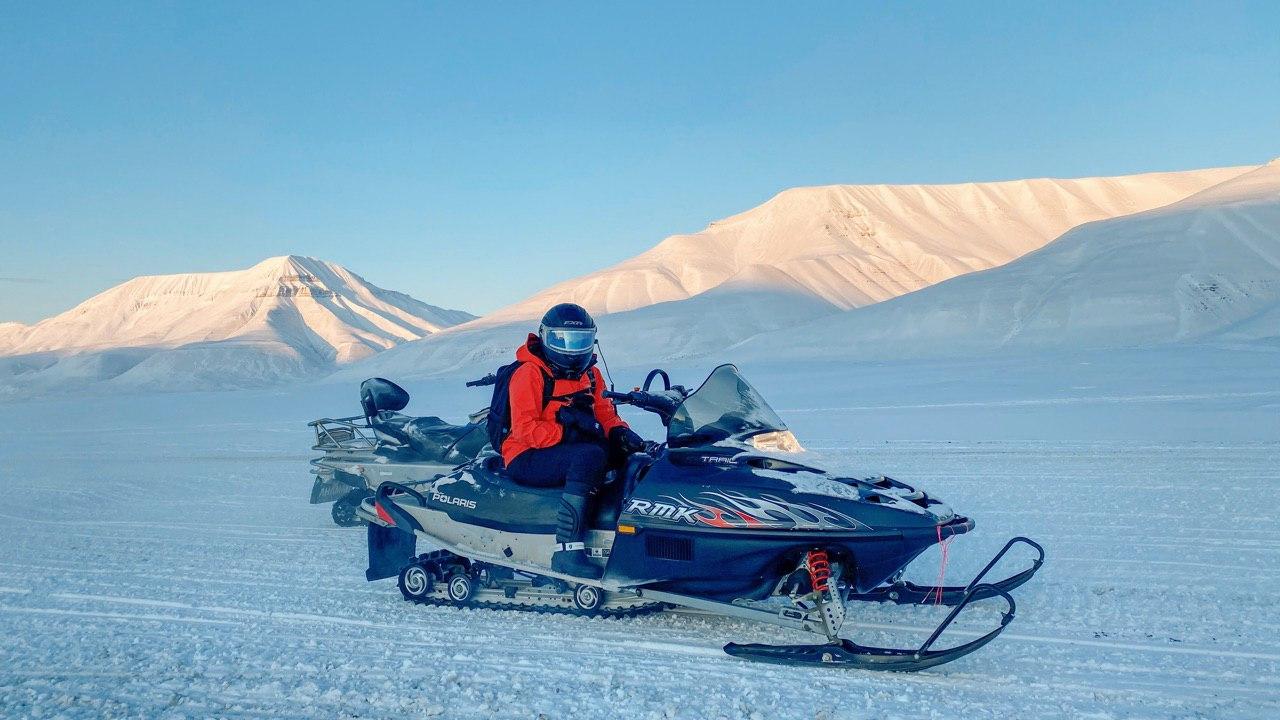 Photo from Low Wei Si.
Photo from Low Wei Si.
However, as most parts of the world were already in lockdown, business dipped so severely that she lived without a paycheck for the months of April and May.
Thankfully for her, she still had some savings to tide her over the two months.
While the region is usually crowded with tourists during the summer where the temperature goes up to between 3°C and 8°C, this summer was vastly different.
Low said,
"There was one period when it was completely quiet. Apparently, summer is supposed to get really, really crowded and you'd see tons of people in town. But there's absolutely no one but the residents here."
Svalbard has since reopened to tourists from the Schengen Area.
"Safest place" amid Covid-19
While Singaporeans were encouraged to return amid Covid-19 concerns, she decided to stay in Svalbard as she feels that it is one of the "safest places" to be.
To date, the World Health Organisation reports zero Covid-19 cases in the Svalbard and Jan Mayen Islands.
She attributes this to just how sparsely populated and how far Svalbard is from the rest of the world.
"My family was worried [for me] but I think they don't understand how far and isolated this place is. Here, we don't really need to wear masks or pay much attention to practicing social distancing. I see a lot of ads [from back home] for reusable masks and I just feel so far away. I feel it is safer here than in Singapore simply because of the geography."
Only 40 kilometres of roads
If you're wondering how it's like living up north, expect to walk a lot.
While cars and taxi services are available in the town of Longyearbyen, more often than not, people there don't really need them as there are only 40 kilometres of roads in Svalbard.
The more typical mode of travel is by foot or boat.
The Singaporean in you might also balk at the prices of food, we learned from Low.
The cost of food was something that surprised her when she first moved there.
As most of its fresh produce is imported from overseas, food is generally more expensive.
 Photo from Low Wei Si.
Photo from Low Wei Si.
A loaf of bread, which you can usually get for around S$2 in Singapore, costs S$6 in Svalbard.
If you feel like having some protein, you can get a fresh slab of chicken fillet for S$30.
Instead of burning a big hole in her pocket, Low learnt to adapt and make do.
"I end up buying a lot of frozen stuff and then I also have to supplement it with a lot of vitamins," she said.
Surrounded by wildlife
Describing the place as an Arctic wilderness, Low shared how normal it is to see wild animals from the comfort of her home.
"I've seen reindeers and foxes from my window!" she exclaimed.
Another time, one of the residents spotted a bear and its cub casually strolling along the streets.
Animal sightings are so common that the local government would simply issue warnings on its Facebook page.
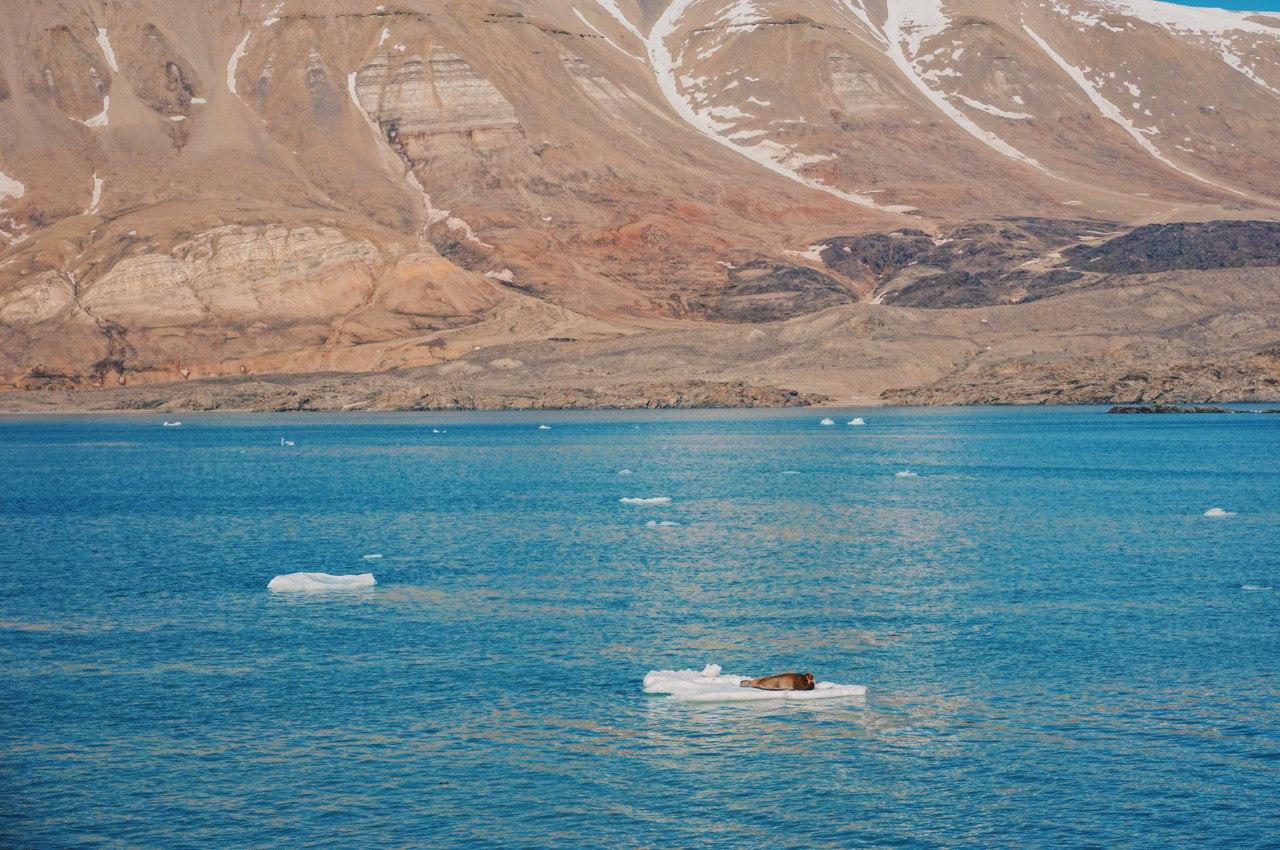 Photo from Low Wei Si.
Photo from Low Wei Si.
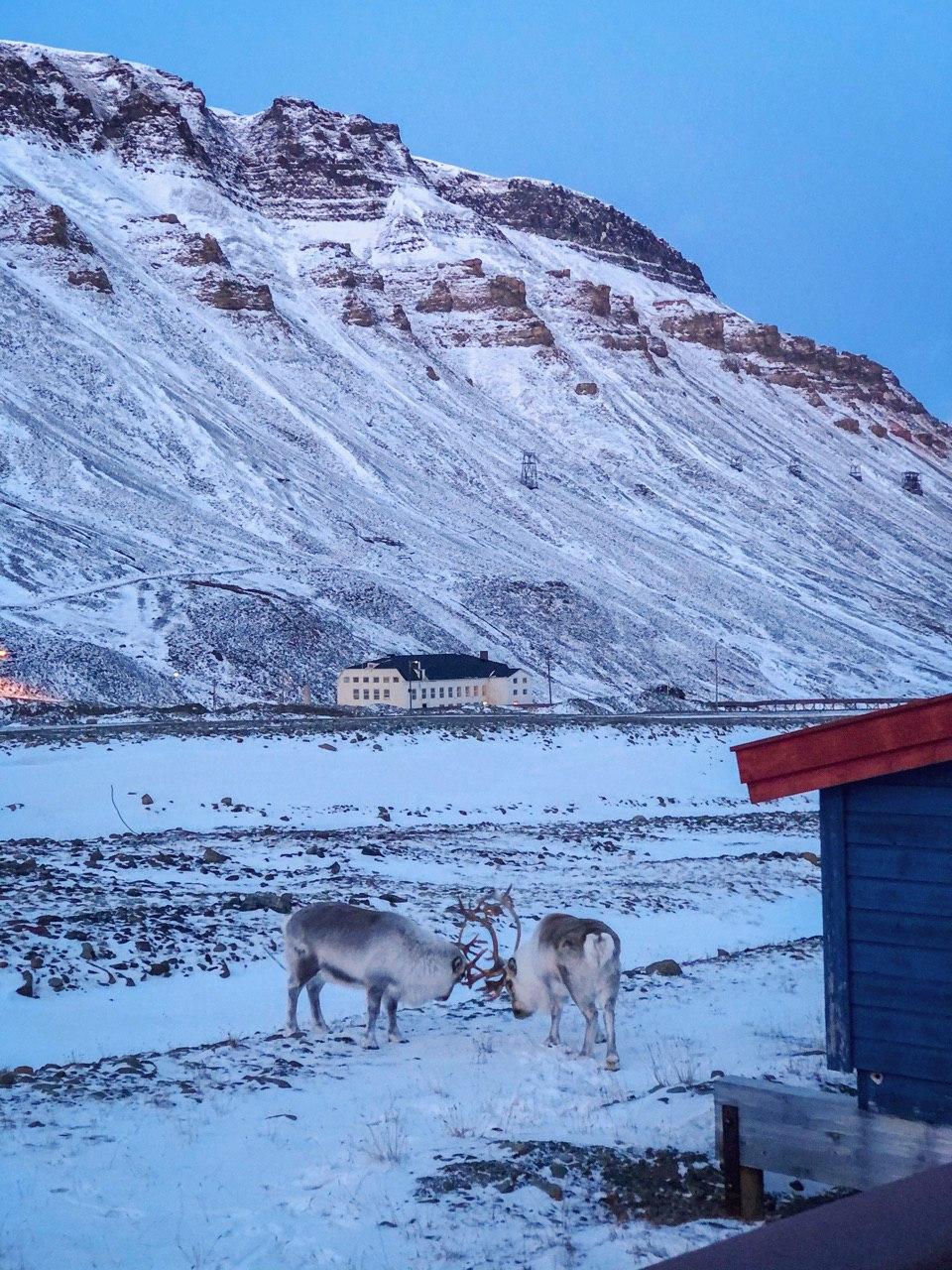 Photo from Low Wei Si.
Photo from Low Wei Si.
Some of the activities she partakes in include hiking, snowmobiling, cycling, boat trips, and camping.
Of course, these activities are not as easy as pitching a tent at East Coast Park.
For one, she has to bring along a rifle whenever she goes camping, in case she runs into wild animals like polar bears.
"When camping, someone has to stay awake all the time and we have to be on rotation. We have to be up with a rifle and be a polar bear guard of sorts."
Thankfully, the only time she encountered a polar bear was on a boat trip, and it was a good 50 metres away from her.
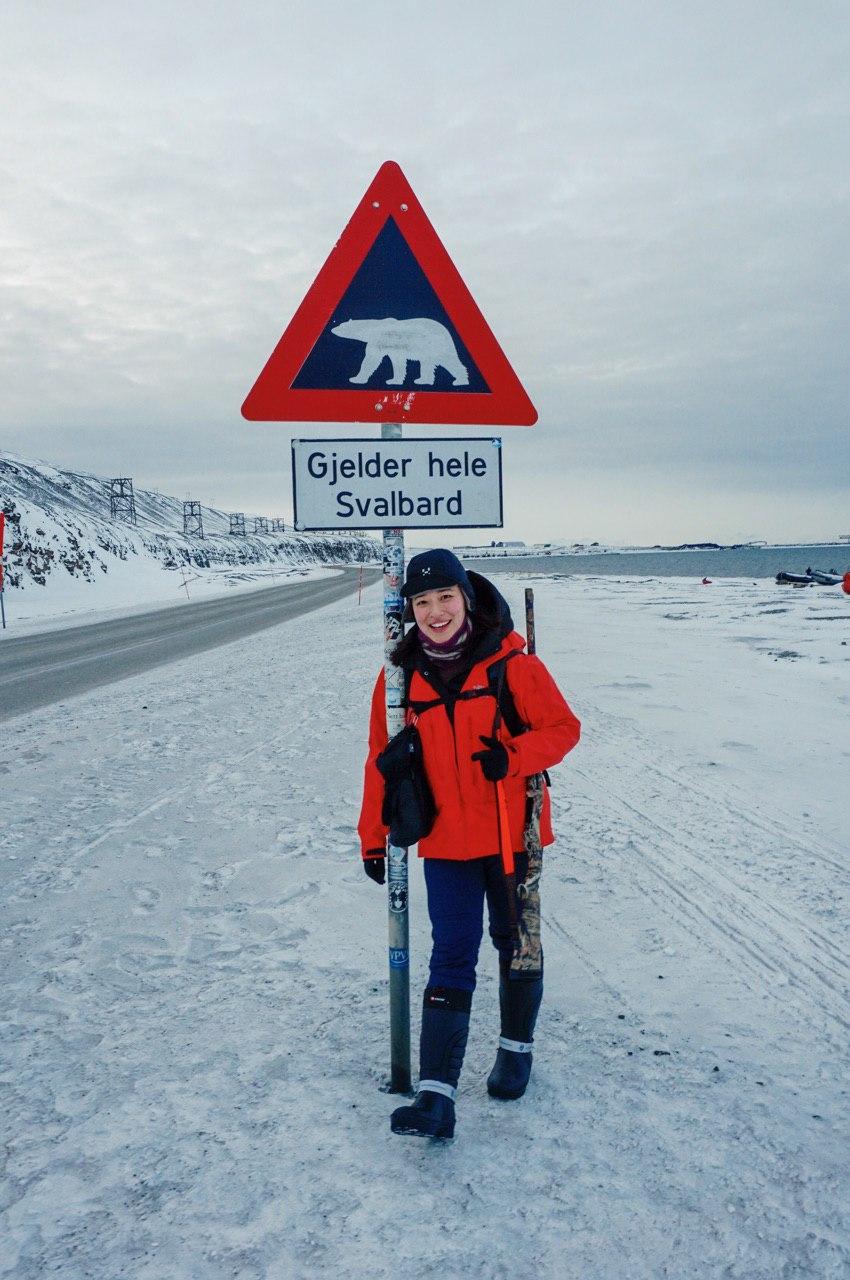 Photo from Low Wei Si.
Photo from Low Wei Si.
Can't die here
While her experience has been exhilarating, she shared that she will only stay in the Arctic for perhaps a couple more years before coming back home.
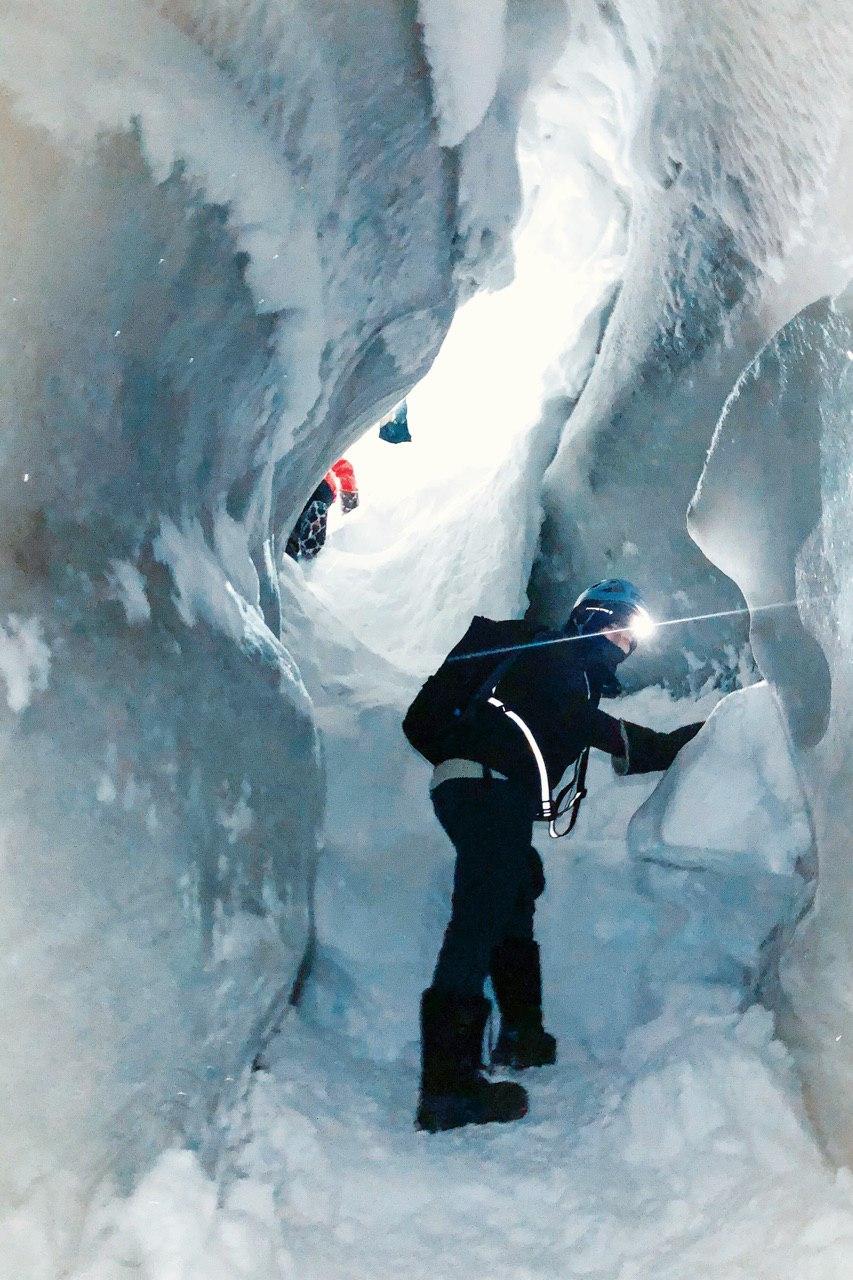 Photo from Low Wei Si.
Photo from Low Wei Si.
In fact, Low said, the turnover rate in Longyearbyen is high, with residents living there between one to five years.
That's because this isn't a place where one would typically settle down for good because, as Low simply puts it, you can't give birth or die here.
According to her, there is only one hospital in Longyearbyen that gives basic treatment for Arctic-related injuries like frostbite or if one falls of a mountain.
It is also apparently banned for one to die in Longyearbyen.
Bodies cannot be buried there as it won't be able to decompose due to the permafrost (a permanent frozen layer of soil, gravel and sand commonly bonded together by ice).
"In a sense, it's developed enough that I don't lack in my everyday needs but it's also not as developed as cities because at the end of the day, about 60 per cent of this island is just glaciers. Here, I get to learn to live with just the basics."
For what many would consider a once-in-a-lifetime opportunity, Low will definitely be relishing the rest of her time in the Arctic.
We deliver more stories to you on LinkedIn
Top image from Low Wei Si.
If you like what you read, follow us on Facebook, Instagram, Twitter and Telegram to get the latest updates.
